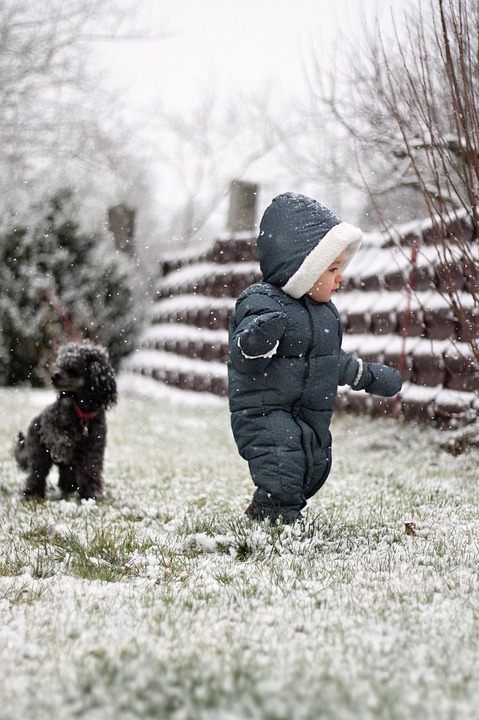Counter surfing can be a frustrating and potentially dangerous behavior exhibited by dogs. Not only can it result in stolen food or damaged property, but it can also pose a health risk if the dog consumes something harmful. In this article, we will provide effective techniques to discourage counter surfing and promote better behavior in your dog.
One of the root causes of counter surfing is curiosity and temptation. Dogs are naturally curious creatures, and the sight and smell of food on the counter can be irresistible to them. Additionally, the instinct to scavenge for food is deeply ingrained in dogs, and counter surfing can satisfy that instinct.
Reinforcement and rewards also play a role in the persistence of counter surfing. If a dog successfully snatches food from the counter, they are rewarded with a tasty treat, which reinforces the behavior. Inconsistent or unintentional reinforcement from owners can also contribute to the dog’s persistence in counter surfing.
To discourage counter surfing, it is important to clear the counters of any tempting items. Remove all food, dirty dishes, or any other items that may attract your dog’s attention. Utilize secure storage containers or cabinets to keep food out of reach.
Supervision and training are essential in discouraging counter surfing. Keep a watchful eye on your dog while in the kitchen and provide immediate correction when they show interest in the counters. Consistently reinforce the “off” or “leave it” command, rewarding your dog for obeying and redirecting their attention to an appropriate toy or activity.
Environmental deterrents can also be effective in discouraging counter surfing. Create physical barriers using baby gates or pet gates to restrict access to the kitchen or specific areas where counter surfing occurs. Place unpleasant or noisy deterrents, such as aluminum foil, empty soda cans, or motion-activated alarms, on the counters to startle the dog and discourage them from jumping up.
Positive reinforcement is crucial in promoting desirable behavior. Reward your dog for staying off the counters or redirecting their attention elsewhere. Use treats, praise, and petting to reinforce good behavior and create a positive association with staying away from the counters.
Now, let’s address some frequently asked questions related to counter surfing.
Some dogs may only counter surf when their owners are not around. Dogs are opportunistic and are more likely to engage in counter surfing when unsupervised or when they know they won’t face immediate correction. Consider crate training or confining your dog to a safe area when you can’t directly supervise them.
Punishment should be avoided when trying to stop counter surfing. Punishment can create fear or anxiety in your dog, potentially leading to other behavioral issues. Instead, focus on positive reinforcement and redirection techniques to encourage the desired behavior.
The time required to stop counter surfing varies depending on the dog’s age, temperament, and previous reinforcement. Consistency, patience, and repetition in training efforts will play a significant role in achieving long-term success.
While any dog can develop counter surfing behavior, some breeds may have a higher predisposition due to their strong food drive or agility. Breeds such as Labrador Retrievers, Beagles, and Terriers are commonly associated with counter surfing tendencies.
In conclusion, discouraging dogs from counter surfing requires a combination of management strategies, training, and positive reinforcement. By understanding the root causes and utilizing effective techniques outlined in this article, you can promote better behavior and create a safer environment in your home. Remember, consistency and patience are key in breaking this habit and enjoying a harmonious relationship with your furry friend.









